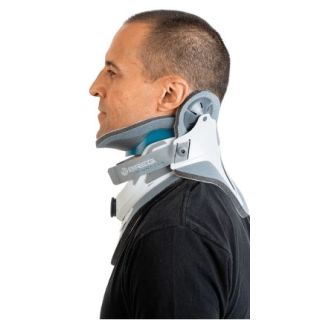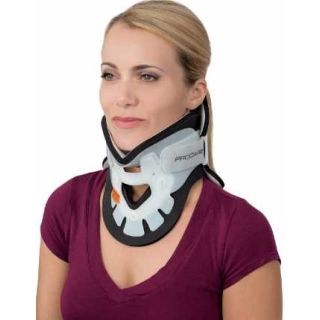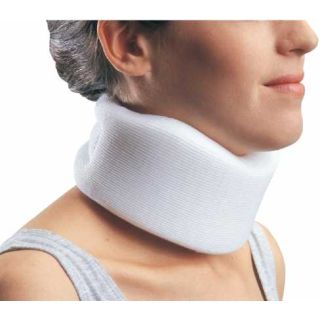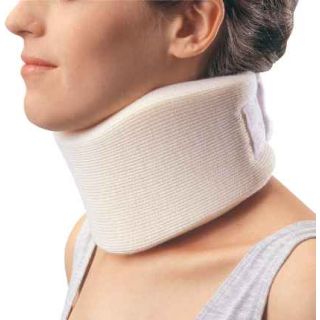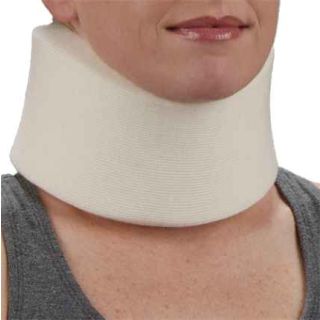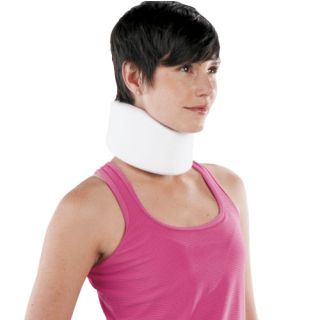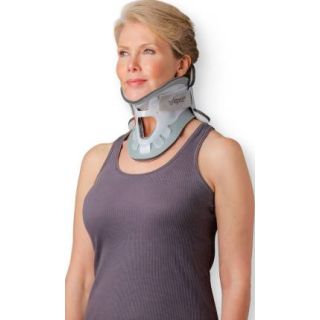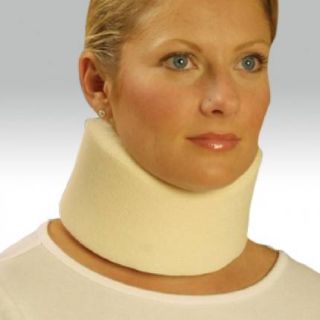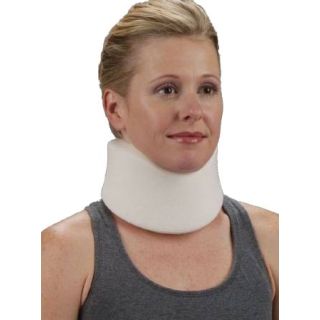What Are Neck Spasms? Neck spasms are involuntary contractions of the muscles in your neck. The muscles become tight, hard, and painful.
How Do They Occur? Neck spasms may occur from an injury, overuse, poor posture, or stress. For example, it is common for a person doing a lot of computer work to feel his or her neck stiffen. Spasms may even occur from an uncomfortable night's sleep.
What are the Symptoms Of Neck Spasms? The muscles in your neck feel hard, tight, and painful. When the muscles that extend from your shoulders to your head go into spasm, the spasms may even cause headaches. You may have tender spots in your neck, sometimes called trigger points, that cause pain elsewhere.
How Are They Diagnosed? Your doctor will review your medical history and examine your neck.
How Are They Treated?
- 1. Stretching: Spasms are best treated with stretching exercises.
- 2. Massage: You may be bale to massage your neck yourself by finding the tight muscles and putting deep pressure on these muscles. You might also get a message from a friend or therapist.
- 3. Medication: Your doctor may recommend an anti-inflammatory medication such as ibuprofen or naproxen or may prescribe a muscle relaxant.
- 4. Ice: If your neck spasm has just occurred, put ice packs on your neck for 20 to 30 minutes three to four times a day.
- 5. Moist heat: Sometimes, especially with recurrent spasms, moist heat can help. Put war, moist towels on your neck for 20 minutes, or take hot showers or baths.
- 6. Physical Therapy: Your doctor may recommend physical therapy for an exercise program and other treatments.
- 7. Injection: If the above treatments do not help the spasm get better, your doctor may recommend a shot of an anesthetic or a medicine like cortisone into the muscle.
- Stress management: Neck spasms are a common physical symptom caused by stress or depression.
Identification of these problems and treatment of them may help considerably with neck spasms.
When Can I Return to My Sport or Activity? You may return to your sport or activity when:
- 1. You no longer have neck pain.
- 2. You can move your neck fully and comfortably.
How Can I Help Prevent Neck Spasms? Know what you can do about the common causes of neck spasm: overuse, stress, and poor posture. For example, use good posture at your computer terminal, take frequent breaks, and do stretching exercises.
When you first feel tightness or pain in your neck, start the treatment that has helped you the most. Treating early, mild symptoms right away can often stop the symptoms from becoming worse. You may do these exercises right away.
Neck Spasm Rehabilitation Exercises:
- Neck flexion forward: Clasp your hands behind your head and let the weight of your arms pull your chin to your chest. Relax. Hold for a count of 10. Do this 3 times.
- Neck flexion, right side: Turn your head to the right and clasp your hands behind your head. Let the weight of your arms pull your chin to the right side of your chest. Relax. Hold for a count of 10. Do this 3 times.
- Neck flexion, left side: Turn your head to the left and clasp your hands behind your head. Let the weight of your arms pull your chin to the left side of your chest. Relax relax. Hold for a count of 10. Do this 3 times.
- Ear to shoulder, right side: Lean your right ear toward your right shoulder. Reach your right arm over your head and place your fingers over your left ear. Gently pull your head toward your right shoulder. Hold for a count of 10. Do this 3 times.
- Ear to shoulder, left side: Lean your left ear toward your right shoulder. Reach your left arm over your head and place your fingers over your right ear. Gently pull your head toward your left shoulder. Hold for a count of 10. Do this 3 times.
- Neck rotation, right side: Rotate your neck by looking over your right shoulder. Lift your right hand and place your palm on the left side of your chin. Push your chin with your palm toward your right shoulder. Hold for a count of 10. Do this 3 times.
- Neck rotation, left side: Rotate your neck by looking over your left shoulder. Lift your left hand and place your palm on the right side of your chin. Push your chin with your palm toward your left shoulder. Hold for a count of 10. Do this 3 times.
All material provided is designed for information purposes only and should not be used to replace the care of a health care professional. Do not rely on any of the information for diagnosis or treatment. It is recommended that you visit a qualified health care professional for individual and personal attention.
 Details$151.99 $151.99
Details$151.99 $151.99 Details$82.99 $73.99
Details$82.99 $73.99 Details$23.99 $17.49
Details$23.99 $17.49 Details$27.99 $21.99
Details$27.99 $21.99 Details$26.99 $21.49
Details$26.99 $21.49 Details$21.00 $21.00
Details$21.00 $21.00 Details$61.99 $52.75
Details$61.99 $52.75 Details$61.99 $41.99
Details$61.99 $41.99 Details$18.99 $12.95
Details$18.99 $12.95 Details$20.99 $16.70
Details$20.99 $16.70 Details$134.99 $115.99
Details$134.99 $115.99 Details$162.99 $141.50
Details$162.99 $141.50
